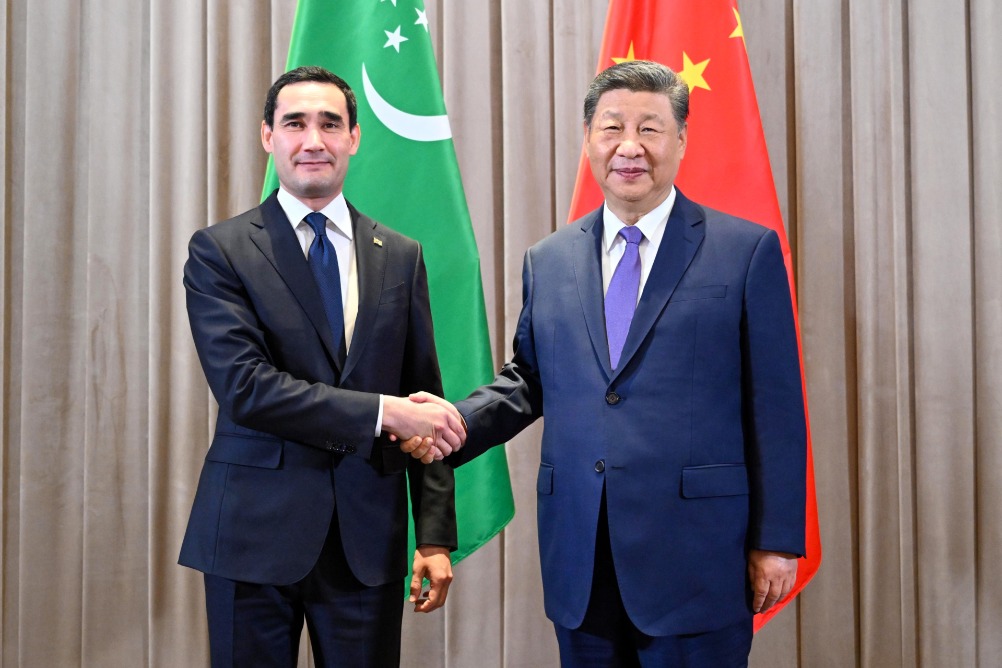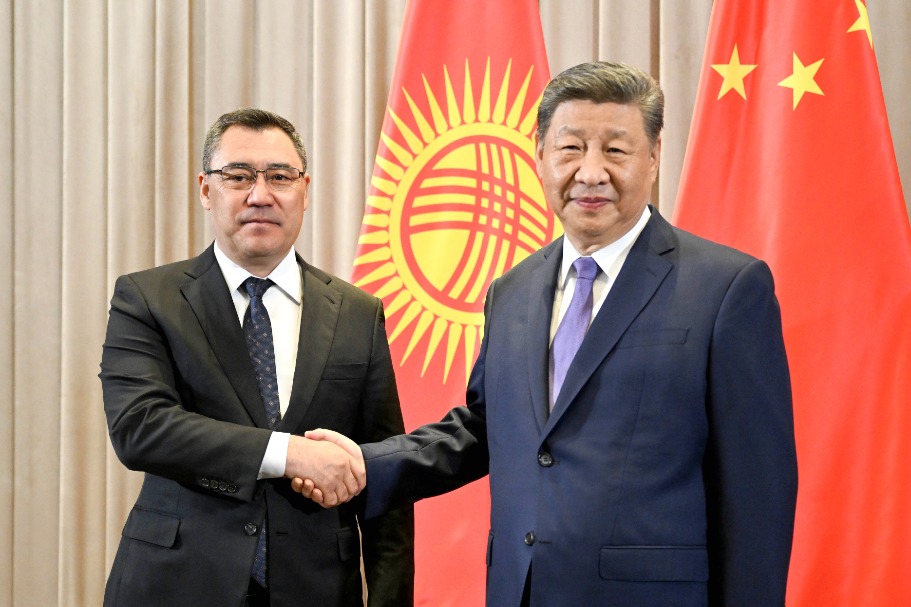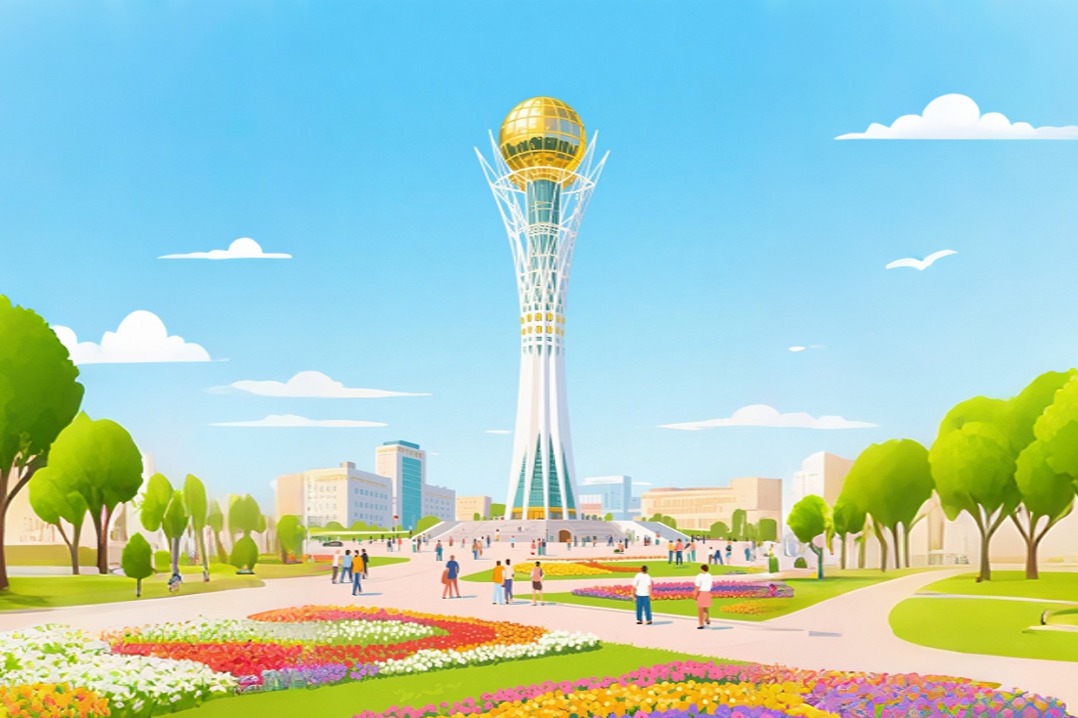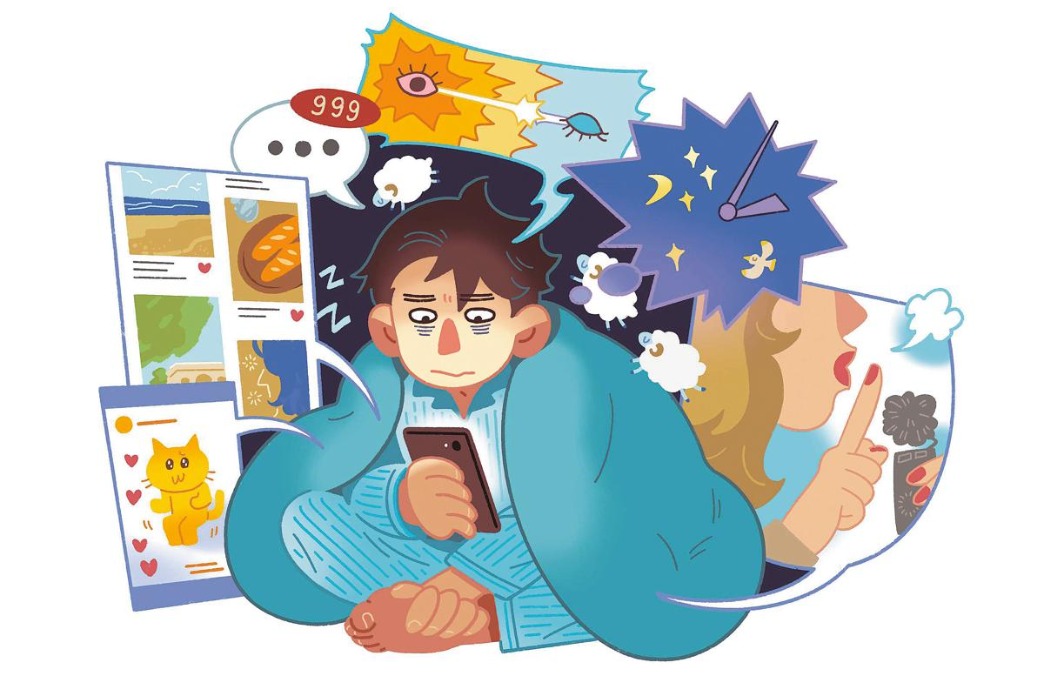Tradition helps overcome poverty
Miao ethnic group taps local resources and digital platforms to showcase its cuisine, dances

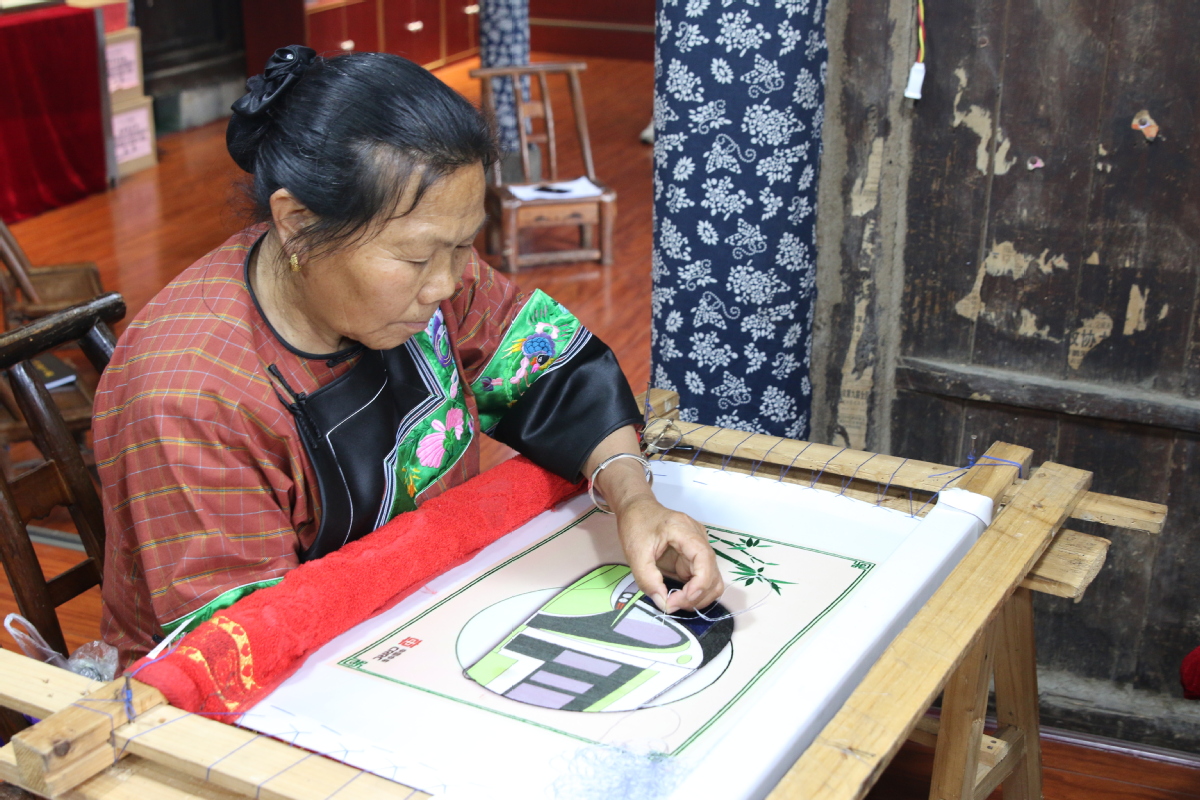
A visit by president
She recalled that President Xi Jinping, who is also general secretary of the CPC Central Committee, visited the village in 2013. At the time, 57 percent of the 939 villagers were living below the national poverty line of 2,300 yuan ($328), with their per capita disposable income at 1,668 yuan.
"I felt sorry when he asked how much our villagers could earn in a year," Shi said, adding that she had been at the post since 1997 but the village still remained poor due to the tough natural conditions.
Shi Shunlian wanted to continue helping the village to fight poverty after her retirement, by organizing housewives to make miaoxiu and selling them as arts and crafts.
Miaoxiu, which features rich and splendid colors and various figures and lines, is among the first traditions of its kind listed as a national intangible cultural heritage.
"In this way, we can preserve Miao people's cultural inheritance and use it to help improve our lives," she said, adding that the traditional activity is in danger of fading out of their community.
She remembered how Miao girls traditionally learned to embroider from their mothers and grandmothers at a very early age.
"We stitch various shapes like butterflies and flowers onto fabric and use them to make different items, including clothes, pillowcases, handbags and wall hangings," Shi Shunlian said, as she pointed to the train pattern on the Miao embroidery she was working on.
The piece of miaoxiu work she is stitching carefully at her workbench will be given as a present to the foreign customers of CRRC Zhuzhou Locomotive, a major manufacturer of rail transit equipment in Hunan.
As the biggest buyer of the ethnic craft since 2018, the company has been placing orders for Miao embroidery works worth 100,000 yuan each year from the cooperative that Shi set up in May 2014.













